There’s something majestic about a dog that looks like it could guard a castle—and in the case of the Cane Corso and Presa Canario, they practically could. Both are massive, muscular, and designed for protection, yet each brings its own flavor of power and poise to the table. If you’ve ever found yourself drawn to these stoic giants, you’re probably wondering: which is better for a loving but secure home?
The Cane Corso, an Italian breed once used as hunting dogs and guarding livestock, carries itself with quiet confidence. With deep-set eyes and a calm demeanor, it’s both noble and intimidating. The Presa Canario, hailing from the Canary Islands, has a raw, intense presence—bred to be a guardian with strong territorial instincts and a lion-like stance.
Neither is for the faint of heart. These breeds require experienced handlers, early training, and consistent leadership. But for the right person, either of these powerful companions can offer fierce loyalty, silent protection, and an unbreakable bond.
We’ll break down the core differences and similarities between the Cane Corso and Presa Canario so you can confidently choose your ideal canine bodyguard.
Cane Corso vs. Presa Canario
Origins and Historical Background
Let’s dive into the origin stories of the Cane Corso and the Presa Canario—two muscular marvels with ancient roots, warrior spirits, and surprisingly soft hearts (as long as you’re not an intruder).
Cane Corso
The Cane Corso (pronounced KAH-nay KOR-so) has a history longer than a Gladiator’s to-do list. This majestic mastiff hails from Italy, and we’re not just talking about fancy pasta country—we’re talking ancient Rome, the land of emperors, coliseums, and battle-hardened war dogs.
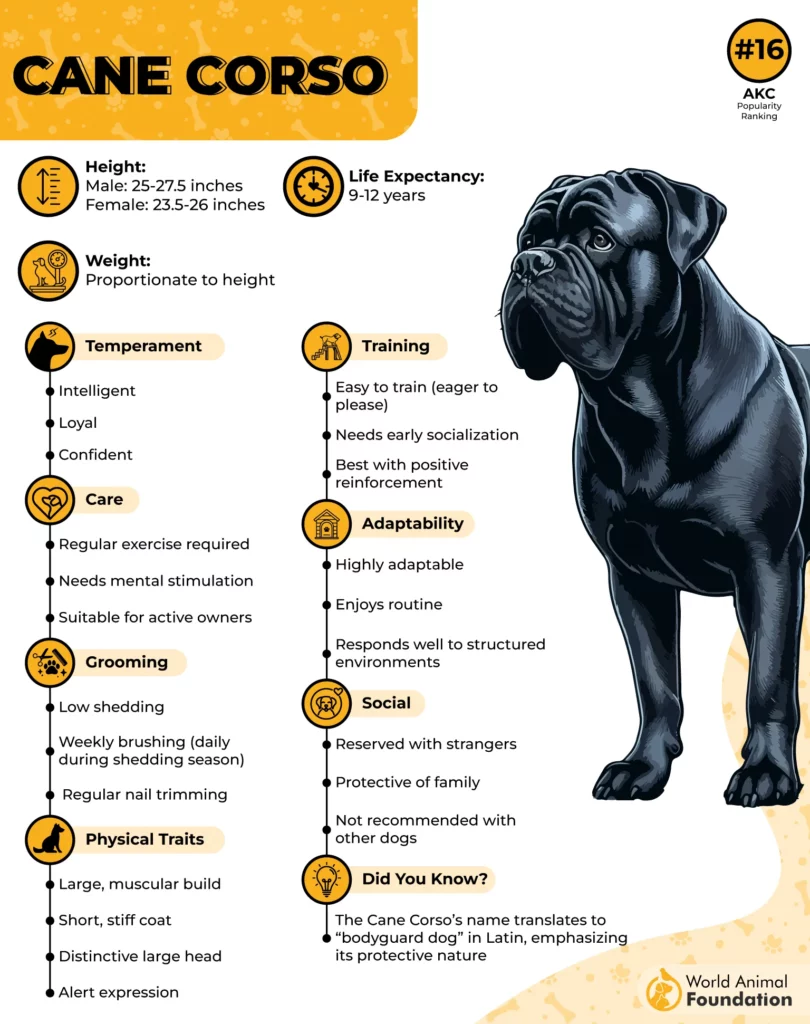
Originally bred as a Roman war dog, the Cane Corso’s job was to intimidate the enemy, chase them down, and protect the soldiers—basically, the dog version of Russell Crowe in Gladiator. Later, when they weren’t chasing down invaders, they took to farm life, guarding property and livestock with the same fierce loyalty and no-nonsense attitude.
PetMD notes that the Cane Corso is a true working breed, originally serving roles such as watchdogs, farm helpers, and even military dogs. With roots tracing back to ancient Greece and Rome, the breed didn’t gain popularity in the United States until the 1980s.
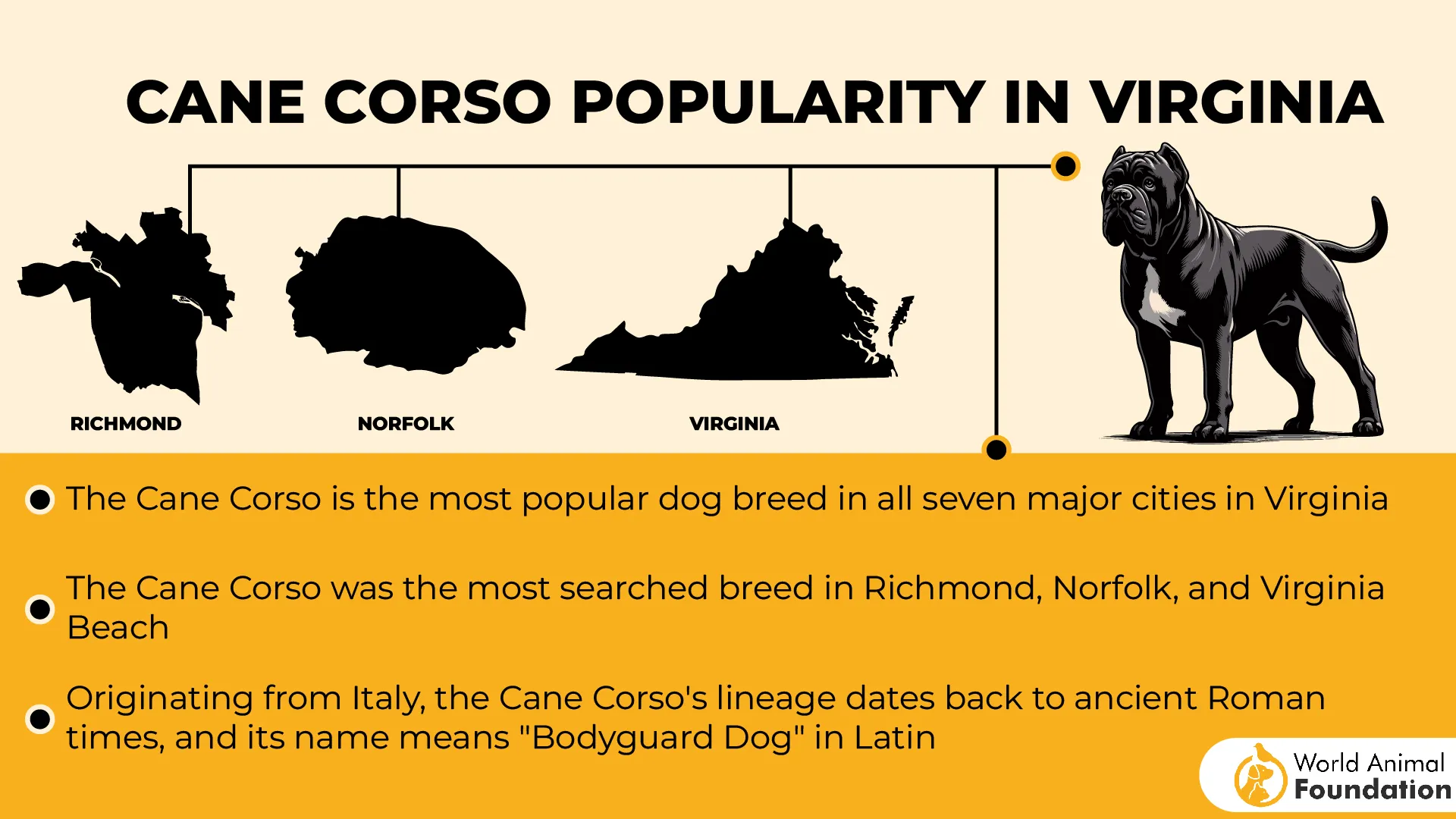
Their name comes from the Latin “Cohors,” meaning “protector” or “guardian,” which is exactly what they are. These dogs are loyal to their humans like it’s their sworn duty, and they’re not fans of strangers unless properly introduced—think of them as the ultimate bouncer with a heart of gold.
Presa Canario
Now let’s hop over to the Canary Islands, which—despite what the name suggests—are not filled with tiny yellow songbirds. They’re home to something far more formidable: the Presa Canario, also known as the Perro de Presa Canario. That’s Spanish for “Canarian Catch Dog,” and this pup lives up to the hype.
Bred by Spanish settlers from a mix of mastiffs and local island dogs, the Presa was the go-to dog for herding cattle, guarding farms, and sometimes (unfortunately) for dog fighting. Think of the Presa as the rugged rancher of the canine world—tough, silent, and suspicious of outsiders, but loyal to the core.
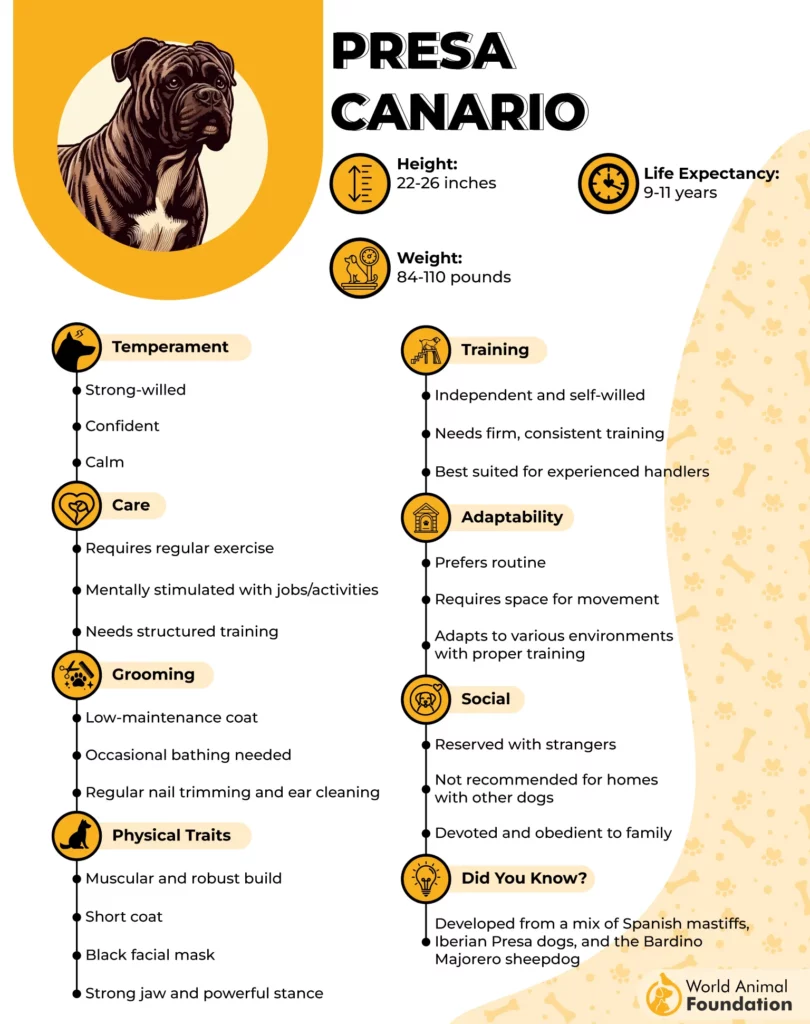
Traditionally, it served as an excellent guard dog and was also used for herding both sheep and cattle. Additionally, it was involved in dog-fighting—an activity that was legal in Spain until 1936 and may have continued illegally even after being banned, as noted by Wikipedia.
Fun fact: these dogs were so effective at their job that owning a Presa was like putting your farm on 24/7 lockdown mode—with muscles. They even have that signature “I dare you” stare that’ll make even the boldest burglar rethink their life choices.
Physical Traits and Appearance
The Cane Corso and Presa Canario are both large, powerful dogs with imposing builds and distinct physical features that reflect their working and guarding heritage
Cane Corso
If the Cane Corso were a car, it’d be a sleek, armored Maserati—intimidating but stylish.
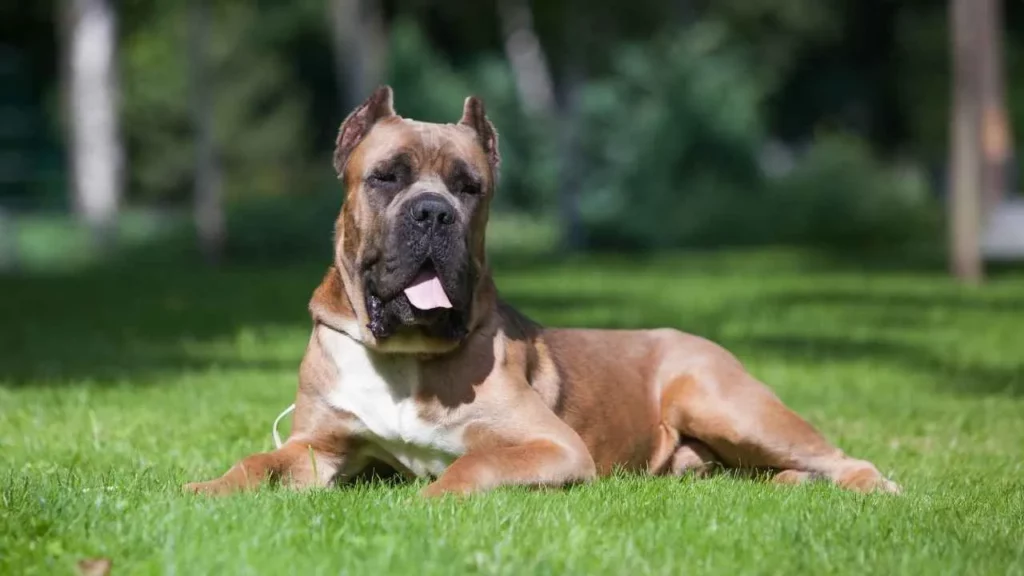
Size:
Males: 25–27.5 inches
Females: 23.5–26 inches
Weight:
90–120 pounds of pure protection
Build:
These big dogs are muscular, athletic, with a deep chest and tight skin—think personal trainer that never skips leg day.
Head:
Broad skull with a short, square muzzle and serious “I mean business” eyes.
Coat:
Short, dense, and glossy. Colors vary from black, gray, fawn, to brindle.
Presa Canario
The Presa Canario dog is more like a rugged off-road truck—built for power, not subtlety.
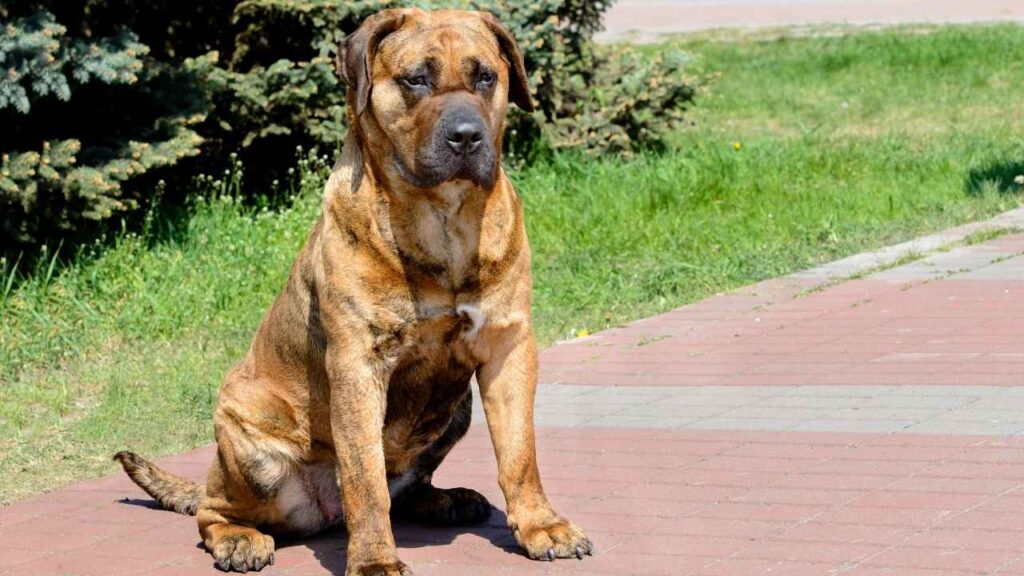
Size:
Males: 24–26 inches
Females: 22–24 inches
Weight:
100–130 pounds—bulky and solid like a walking safe.
Build:
Broad and heavy with a thick neck, sturdy legs, and a “don’t mess with me” posture.
Head:
Massive skull, short muzzle, and that iconic black mask. Their stare alone could stop crime.
Coat:
Short and coarse. Usually comes in brindle, fawn, or black with a darker mask.
Cane Corsos are more athletic and refined; Presas are beefy, bold, and brutishly handsome. Either way, you won’t be winning any tug-of-war games.
Personality and Behavioral Traits
Both the Cane Corso and Presa Canario possess strong, confident temperaments, shaped by their history as working and guardian breeds.
Cane Corso
Cane Corsos are like that no-nonsense boss who also sends you home early when you’re sick.
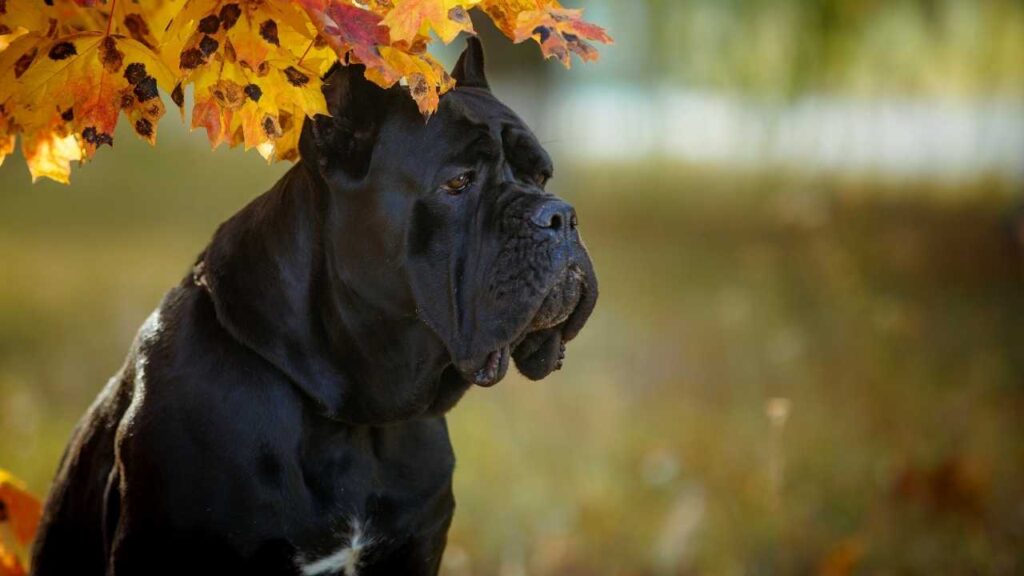
Temperament:
✔ Loyal, reserved, protective, and extremely intelligent.
✔ Affectionate and loving—but they must respect you to follow your lead.
✔ Wary at best. They’ll size you up like a bouncer at an exclusive club.
✔ Very trainable, but only with confident, consistent leadership.
✔ High energy; they need jobs, tasks, or long walks to keep them happy.
According to the American Kennel Club (AKC), the Corso is a smart, devoted, eager-to-please, and highly versatile dog. However, they can also be strong-willed and assertive, which means they may try to take control if their owner isn’t confident and experienced.
Presa Canario
The Presa is like a strong, silent cowboy—slow to anger but serious when provoked.
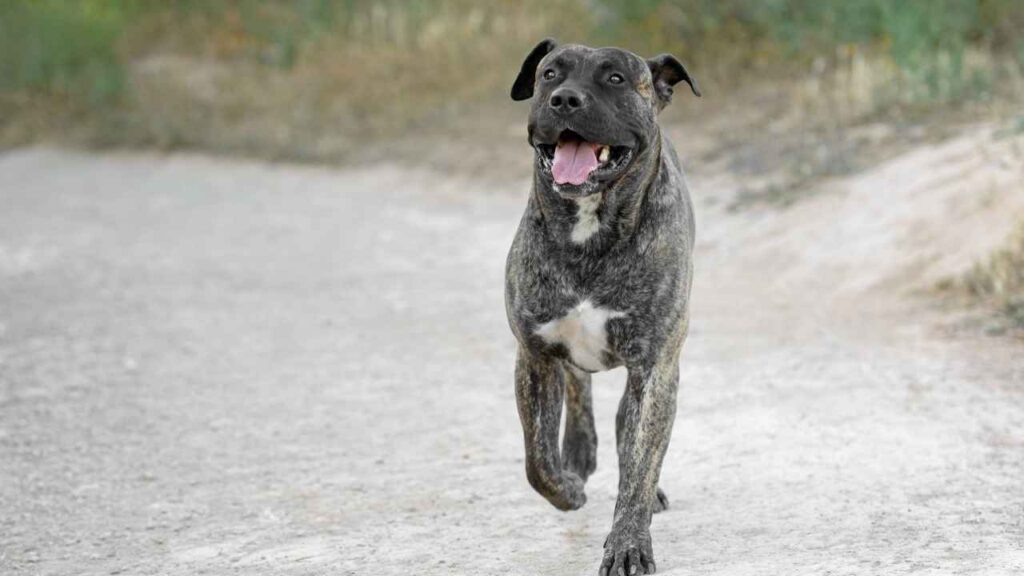
Temperament:
✔ Dominant, alert, and calm—until it’s go-time.
✔ Loyal to their pack, but not as openly affectionate. Think of them as your bodyguard who occasionally snuggles.
✔ Suspicious and territorial. They’re not trying to make friends—they’re trying to protect you.
✔ Trainable, yes, but stubborn. Early socialization is non-negotiable.
✔ Moderate energy, but still needs mental and physical stimulation.
Health and Longevity
With great power comes great responsibility—and a few health considerations. These gentle giants may look unstoppable, but like all breeds, they have their own set of health quirks to watch out for.
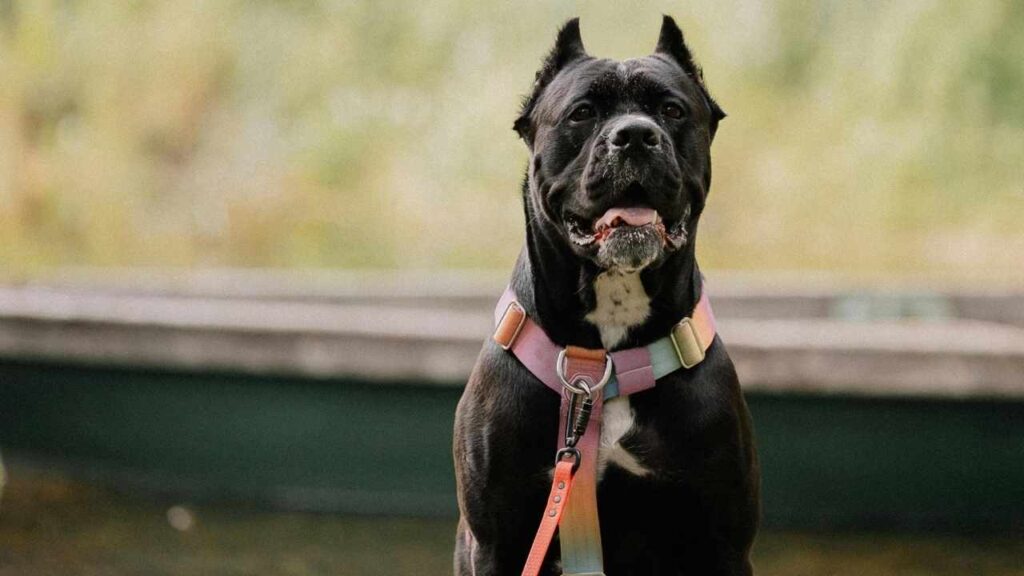
Cane Corso
Lifespan: 9–12 years
Common Health Issues:
Hip dysplasia
Elbow dysplasia
Eye problems like cherry eye
Bloat (gastric torsion—yes, scary stuff)
Care Tips: Regular vet checkups, joint supplements, a high-protein diet, and exercise to keep them fit, not fat.
Presa Canario
Lifespan: 9–11 years
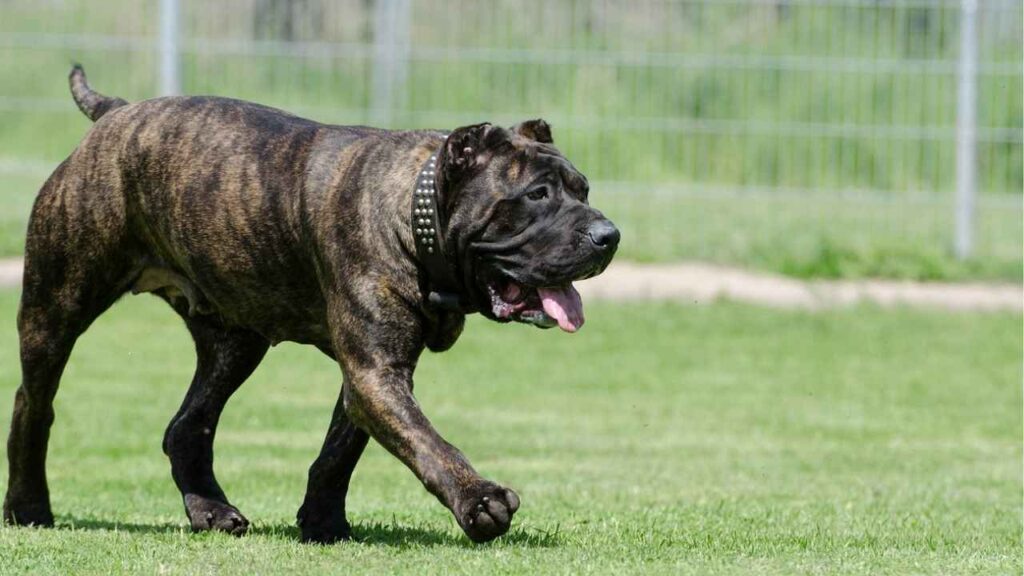
Common Health Issues:
Hip and elbow dysplasia
Heart problems
Obesity if under-exercised
Skin issues (especially in humid climates)
Care Tips: Keep an eye on weight, provide a protein-rich diet, and maintain routine health screenings.
Both breeds are relatively healthy for their size, but their super dog physiques need regular maintenance—think of them as luxury SUVs: powerful, but high upkeep.
Exercise and Activity Requirements
The Cane Corso and Presa Canario are high-powered, meatball-shaped muscle machines that need to move. A bored guardian breed? Let’s just say your furniture might not survive the rebellion.
Cane Corso
The Cane Corso is like that friend who actually enjoys CrossFit. They’re built to move and expect you to keep up.

Daily Exercise Needs: At least 60–90 minutes of structured activity. This isn’t optional—it’s essential.
What They Love:
Long walks or jogs (on-leash, unless your recall is Jedi-level)
Agility courses
Obedience training drills (seriously, they love having a task)
Tug-of-war, scent games, or hiking
Mental Stimulation: Cane Corsos thrive when their brains are working. Cane Corso training sessions are pretty easy; puzzle toys and scent games can tire them out faster than fetch.
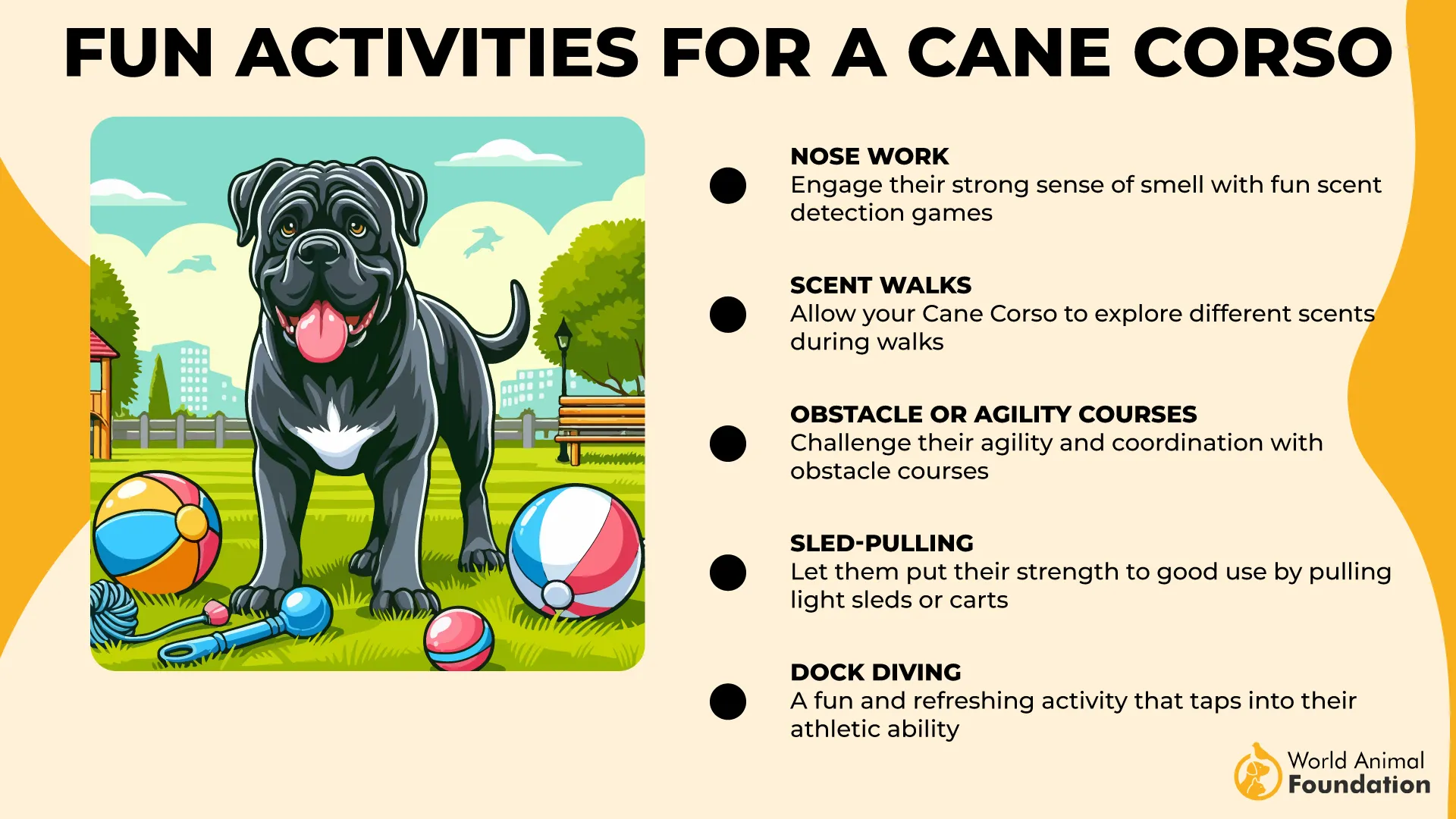
Pro Tip: A tired Cane Corso is a good Cane Corso. A bored one? That’s a canine chaos coordinator in your living room.
Presa Canario
The Presa Canario doesn’t necessarily look like they need exercise (they’re the definition of chill at first glance), but trust us—they do. Think of them as a heavyweight boxer: powerful, deliberate, but still needing daily conditioning.
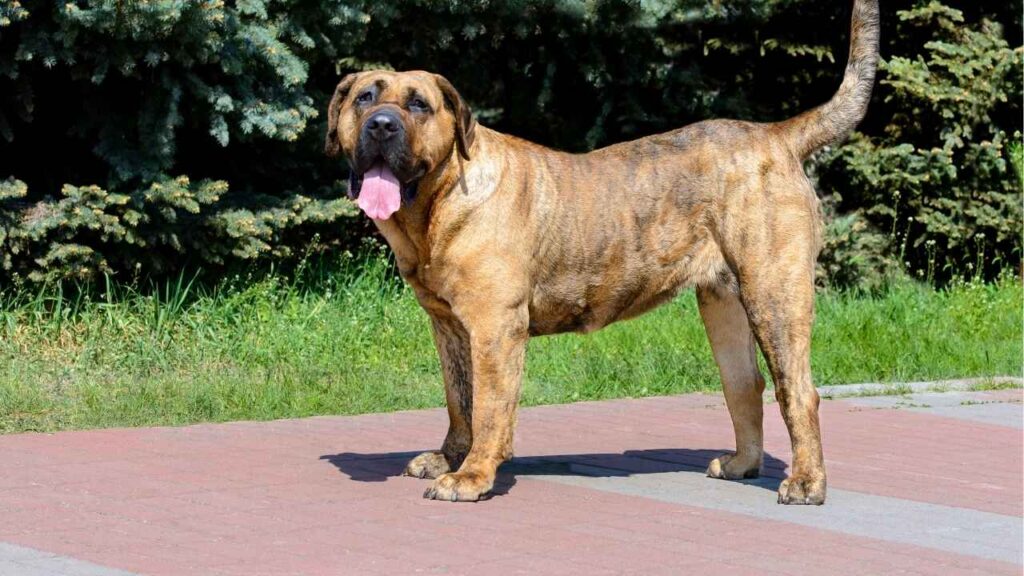
Daily Exercise Needs: Around 45–75 minutes of activity.
What They Love:
Long, steady walks (they don’t jog—they strut)
Weight-pulling or resistance exercises (yep, they’re that strong)
Obedience training and controlled games of fetch
Tether tug toys or flirt poles for bursts of energy
Mental Stimulation: Presas get bored easily and can become pushy or destructive. Keep their minds engaged with consistent training and challenge-based toys.
Pro Tip: A Presa Canario with nothing to do will invent a job for itself—usually involving guarding your couch… from you.
Grooming and General Care
Luckily, neither of these dogs is high-maintenance when it comes to grooming. No spa days required—just a brush, a bath, and the occasional wrestle over nail trimming.
Cane Corso
Cane Corsos are the type to show up clean and ready for action with very little fuss, like the guy who showers once a day and somehow still smells great.
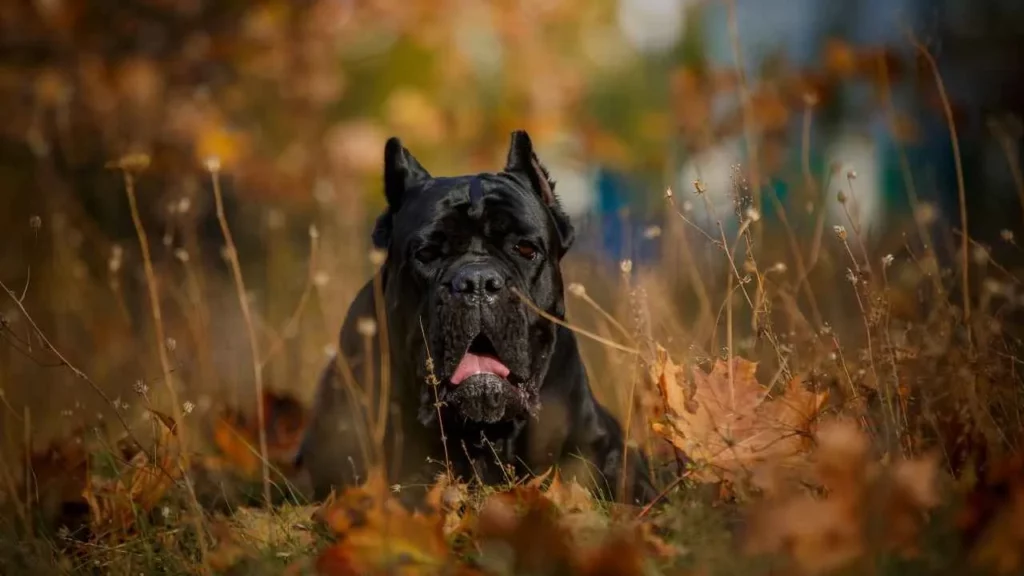
Coat Care: Short, dense coat—minimal shedding most of the year, but a good brush 1–2 times a week keeps it in check.
Shedding Level: Moderate, with seasonal spikes. Time to break out the lint roller in spring and fall.
Bathing Needs: Once every month or two, or when the “dog funk” starts to precede them into a room.
Ears, Nails, Teeth:Ears: Check regularly for gunk and infection, especially if cropped.Nails: Trim monthly (unless you enjoy being ninja-kicked by talons).Teeth: Brush weekly or offer dental chews.
Presa Canario
Presas have that rugged look, but they’re surprisingly easy to groom, as long as they’re not wrestling you during bath time.
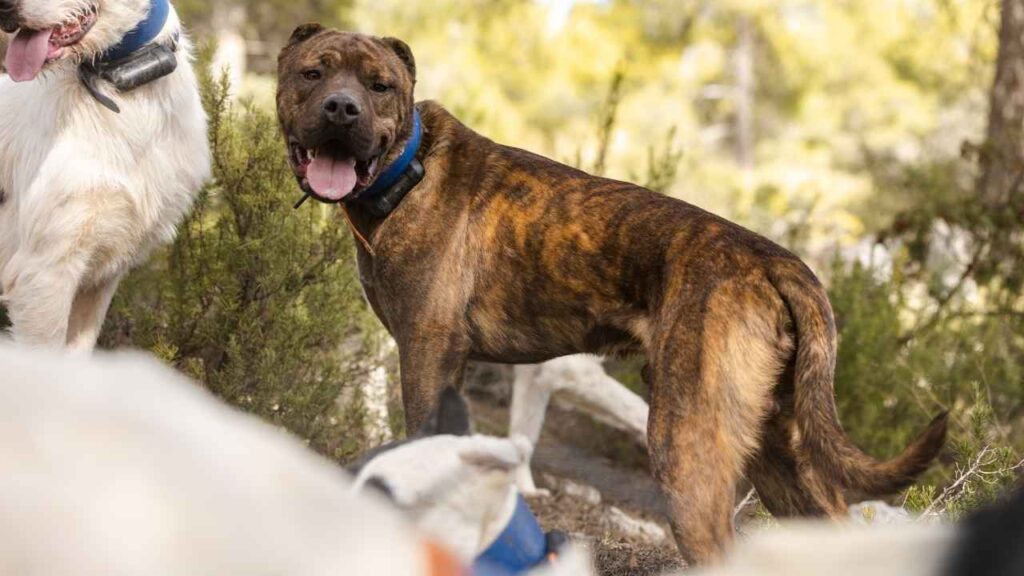
Coat Care: Short, coarse coat. Weekly brushing will do just fine.
Shedding Level: Similar to Cane Corso—moderate year-round, heavier during shedding seasons.
Bathing Needs: Once every 6–8 weeks unless they’ve been mud-wrestling (which they’ll gladly do).
Ears, Nails, Teeth:Ears: Clean regularly—those big heads mean big ears that can trap dirt.Nails: Trim regularly to prevent splitting and overgrowth.Teeth: Dental hygiene = longer lifespan. A little brushing goes a long way.
Verdict: Both are fairly low-maintenance compared to fluffier breeds—no fancy haircuts or blowouts needed. But regular care = healthier (and less smelly) pup.
Family Compatibility and Pet Suitability
So, how do these canine gladiators do in family life? It depends on your household vibe—and whether you’re ready for a dog who’ll protect your kids like furry bodyguards.
Cane Corso
Cane Corso dogs are like that older sibling who’s always watching out for you, but doesn’t mess around. They take their role as protectors seriously—sometimes too seriously.
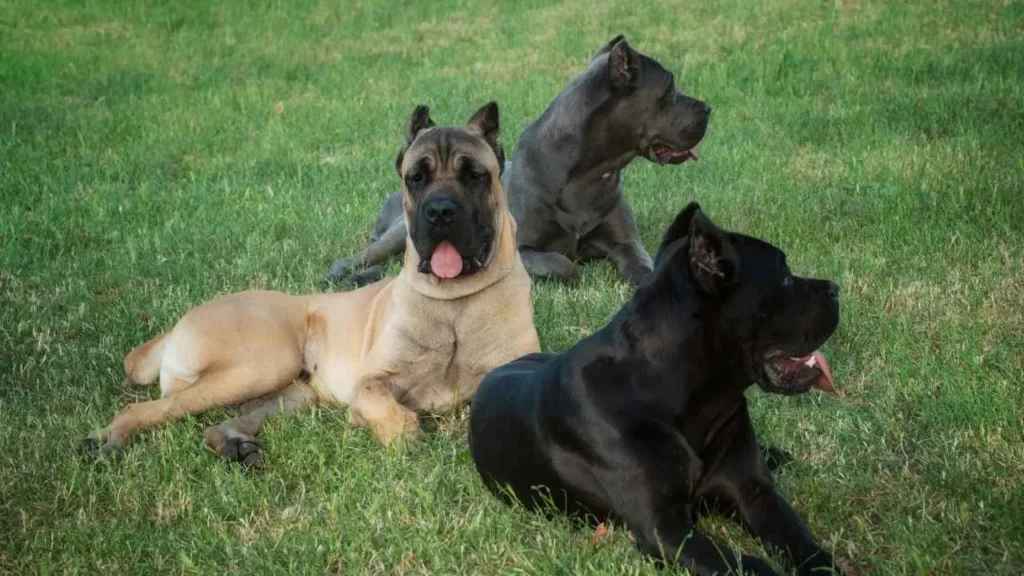
With Kids:
Generally great with kids in their own family. Gentle and watchful—but best suited for families with older children who understand boundaries.
With Other Pets:
Early socialization is critical. They may tolerate other dogs (especially of the opposite sex), but don’t expect them to host puppy parties.
Best For:
Experienced dog owners
Active families
Households with structure, rules, and mutual respect
Watch Out: They need firm leadership, not yelling or chaos. If you’re a pushover, they’ll happily take the alpha role—and your spot on the couch.
Presa Canario
Presas are a bit more aloof than Corsos—think of them as the bodyguard that follows the family around, just in case something pops off.
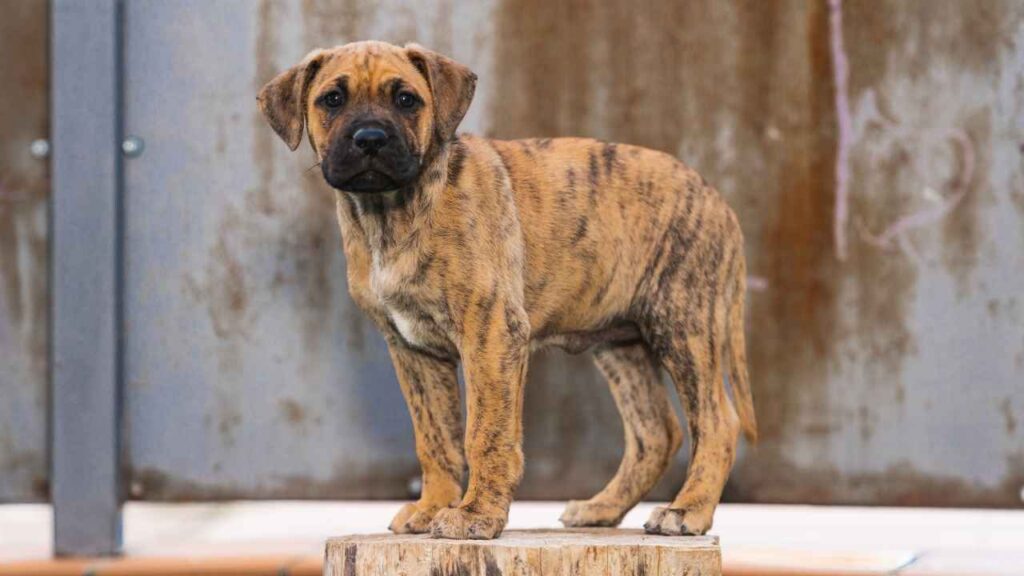
With Kids:
Loyal and protective, but due to their dominant nature, they do best with older, respectful children. Not recommended for toddlers or wild, unpredictable play.
With Other Pets:
Hmm… let’s just say, “introduce with extreme caution.” Same-sex aggression and high prey drive can be issues.
Best For:
Dog-savvy homes
Confident leaders
Households with calm environments
Heads Up: Presas aren’t social butterflies. They’re guardians first, cuddle buddies second. They need early, consistent socialization or risk becoming overly suspicious of visitors (including your friendly mail carrier).
Conclusion
When comparing the Presa Canario vs Cane Corso, both dog breeds share a comparable size and guard dog reputation, with roots in Italian Mastiff and Canary Island heritage. Each big dog displays unique characteristics, from the Cane Corso’s tail to the Presa Canario’s more rugged appearance. These true working dogs are highly intelligent, energetic, and thrive with proper training, early socialization, and a strong leader.
When properly trained and properly socialized, both breeds can be well adjusted, forming strong bonds with family members and living peacefully with other dogs, other animals, and other pets. Despite their protective nature, these breeds can be a loyal family companion in modern-day settings, but they must be handled with care.
Without structure, they can become dangerous, affecting the well-being of those around them. Though one breed may suit a home better than the other, choosing between Canario or Cane Corso depends on lifestyle, experience, and commitment.


